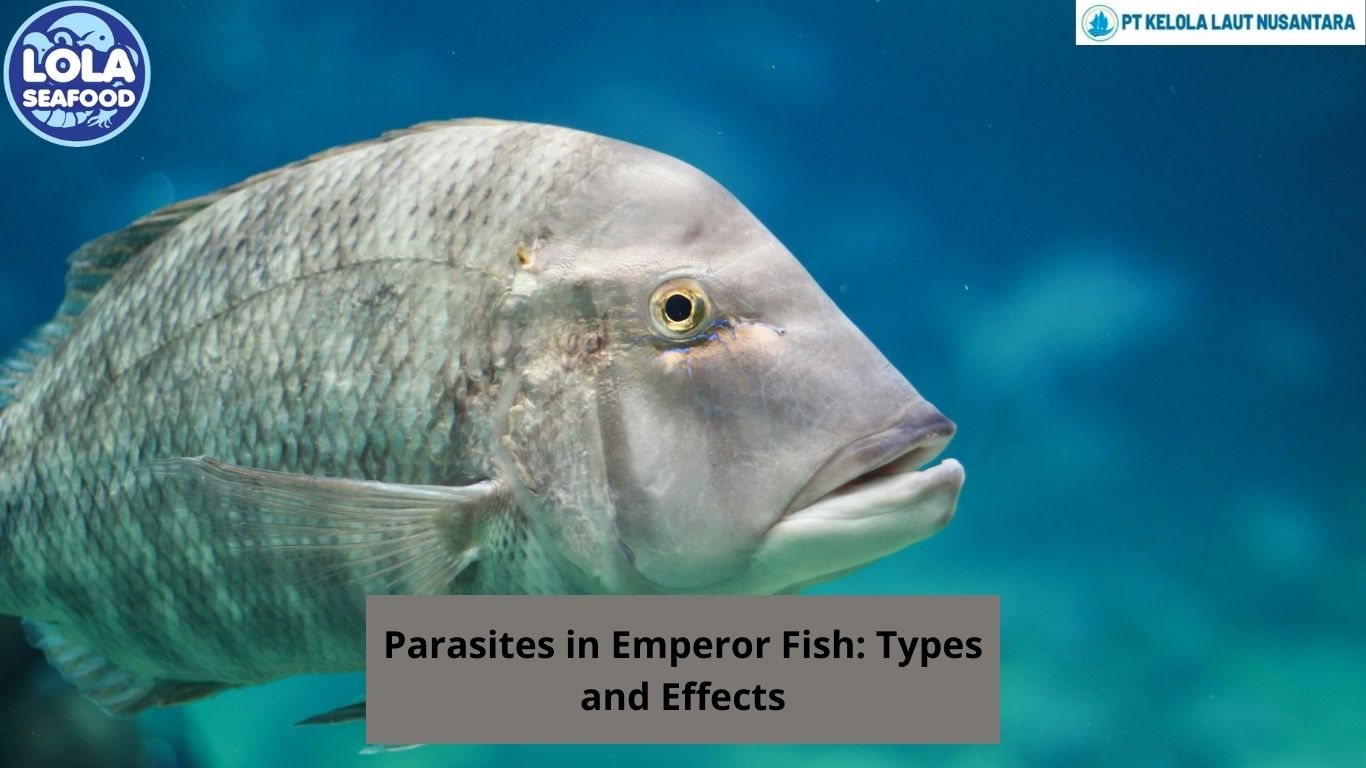Three Reasons Why Barramundi Is a Protandrous Hermaphrodite Fish
By. Kusni - 19 Feb 2025
Kelolalaut.com The barramundi (Lates calcarifer), also known as the Asian sea bass, is a fascinating species of fish found in the Indo-Pacific region. One of its most remarkable biological traits is its status as a protandrous hermaphrodite, meaning it starts life as a male and later transitions into a female. This unique reproductive strategy provides several evolutionary advantages and is influenced by environmental and biological factors. Here are three key reasons why barramundi exhibit protandrous hermaphroditism.
1. Maximizing Reproductive Success
One of the primary reasons barramundi follow this reproductive strategy is to optimize their reproductive success. In many fish species, larger individuals produce more eggs, and barramundi are no exception. Males are typically smaller in size, and as they grow larger, their ability to produce sperm does not significantly increase. However, if they transition into females, they can produce thousands, if not millions, of eggs in a single spawning season. This shift ensures that the species maximizes its reproductive output, as larger females contribute significantly more to population growth than smaller ones would.
From an evolutionary perspective, this strategy helps maintain genetic diversity and population stability. Smaller males can still reproduce effectively because sperm production requires less energy than egg production. By the time they transition into females, their increased size allows them to produce a far greater number of eggs, ensuring the survival of the species.
2. Environmental and Social Triggers
Barramundi do not change sex randomly; instead, environmental and social factors play a crucial role in triggering this transformation. One major factor is population dynamics—if there are already many females in a given population, some barramundi may remain male for a longer period. Conversely, if the number of females is low, more males will undergo the transition to balance the sex ratio and maintain reproductive efficiency.
Additionally, environmental cues such as water temperature, salinity, and seasonal changes can influence the timing of sex change. Barramundi typically spawn in estuarine and coastal waters, where conditions can fluctuate. The need to adapt to these changes ensures that sex transitions occur at optimal times to maximize reproductive success.
3. Survival and Growth Advantages
Another reason for barramundi's protandrous hermaphroditism is the advantage it provides in terms of survival and growth. Maturing first as males allows them to reproduce early in life without needing to reach a large size. This means they can contribute to the next generation before facing significant predation or environmental challenges.
As they continue to grow, barramundi become stronger, larger, and less vulnerable to predation. Once they reach a sufficient size, transitioning to female allows them to take full advantage of their increased body mass to produce and carry more eggs. This strategy ensures that individuals have already contributed to reproduction as males before transitioning into highly fecund females.
Barramundi’s protandrous hermaphroditism is an evolutionary adaptation that maximizes reproductive success, responds to environmental and social conditions, and enhances survival and growth. This unique reproductive strategy ensures that populations remain stable and capable of sustaining their numbers despite ecological challenges. Understanding these mechanisms is crucial for fisheries management and conservation efforts, ensuring the long-term sustainability of barramundi populations
If youre interested in our Barramundi Whole Round / Whole Gilled Gutted Scaled, Barramundi Fillet Skinless and Barramundi Fillet Skin On please do not hesitate to contact us through email and/or whatsapp








